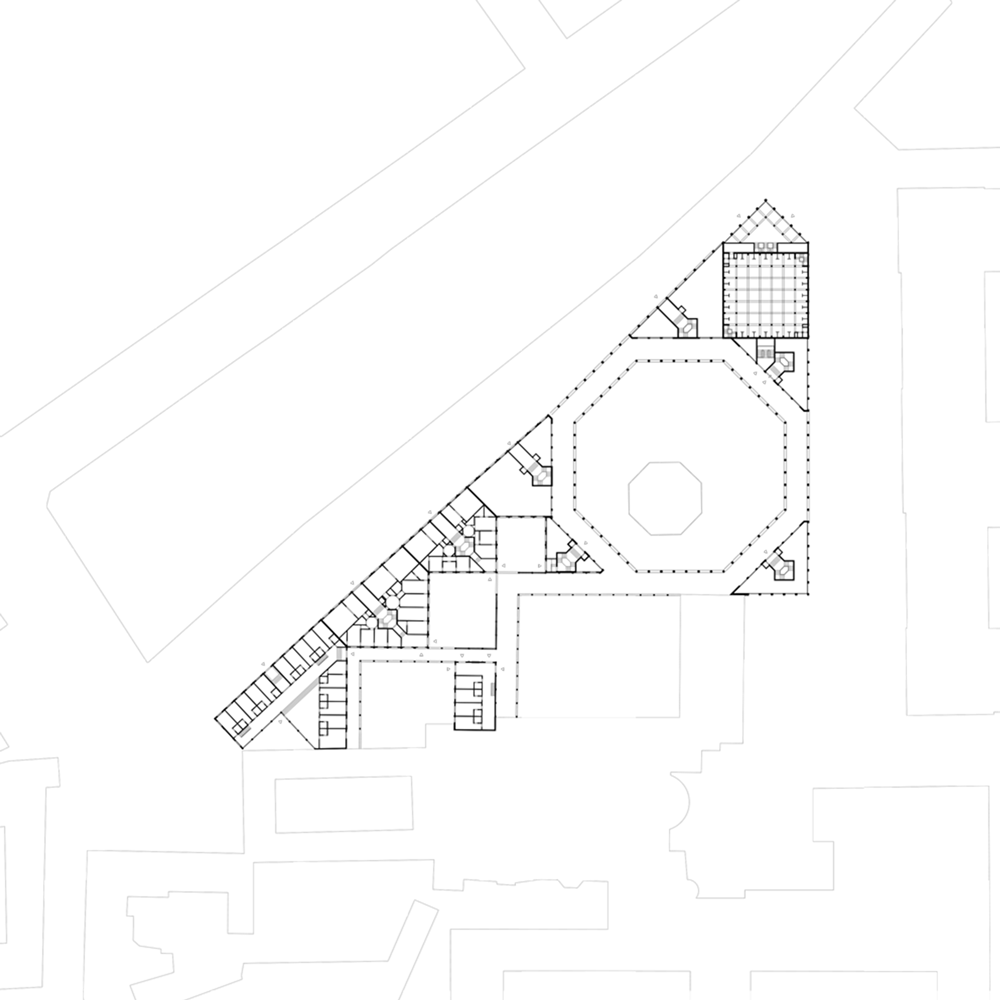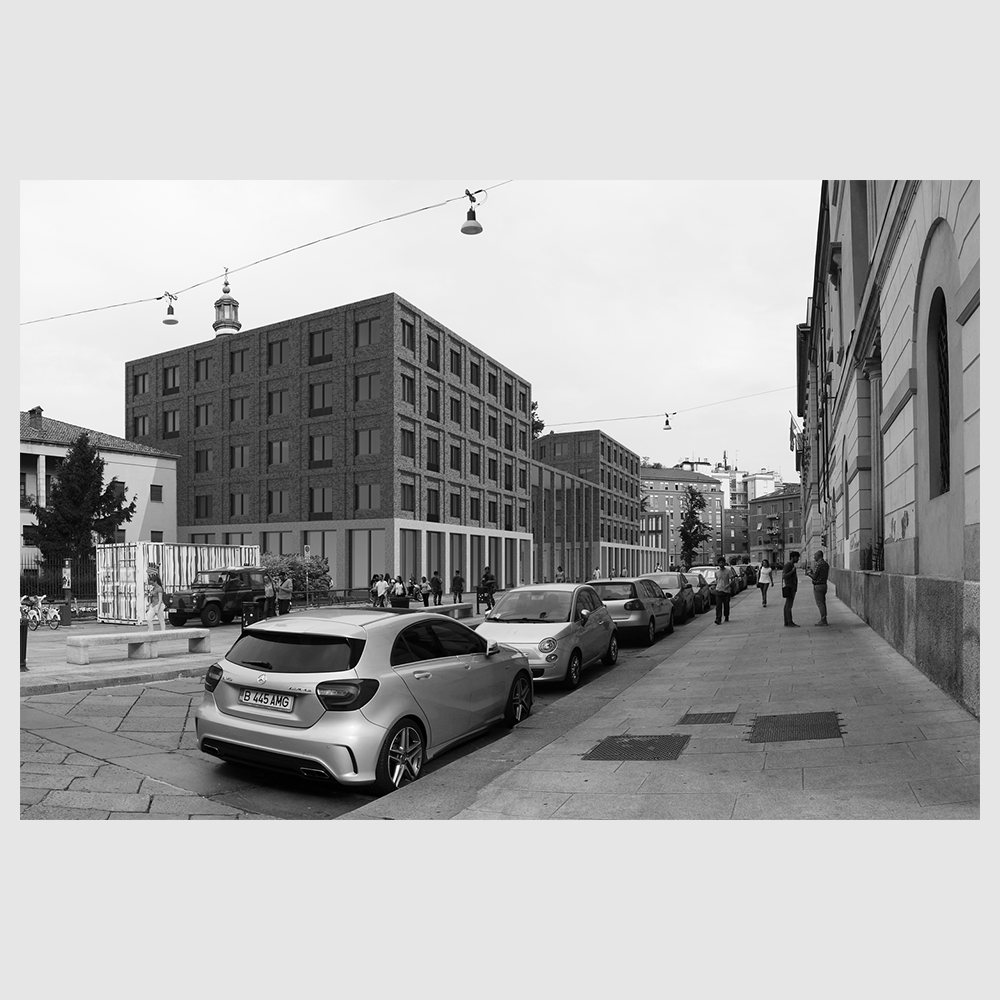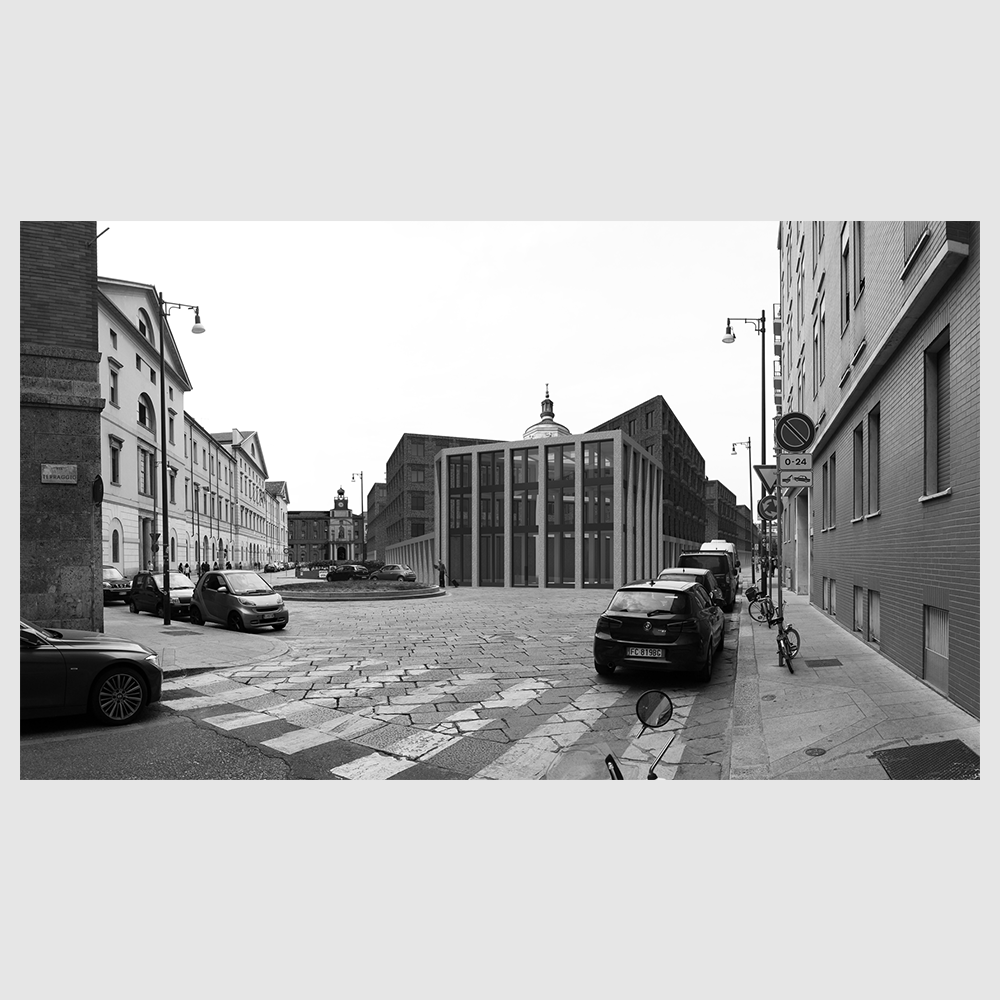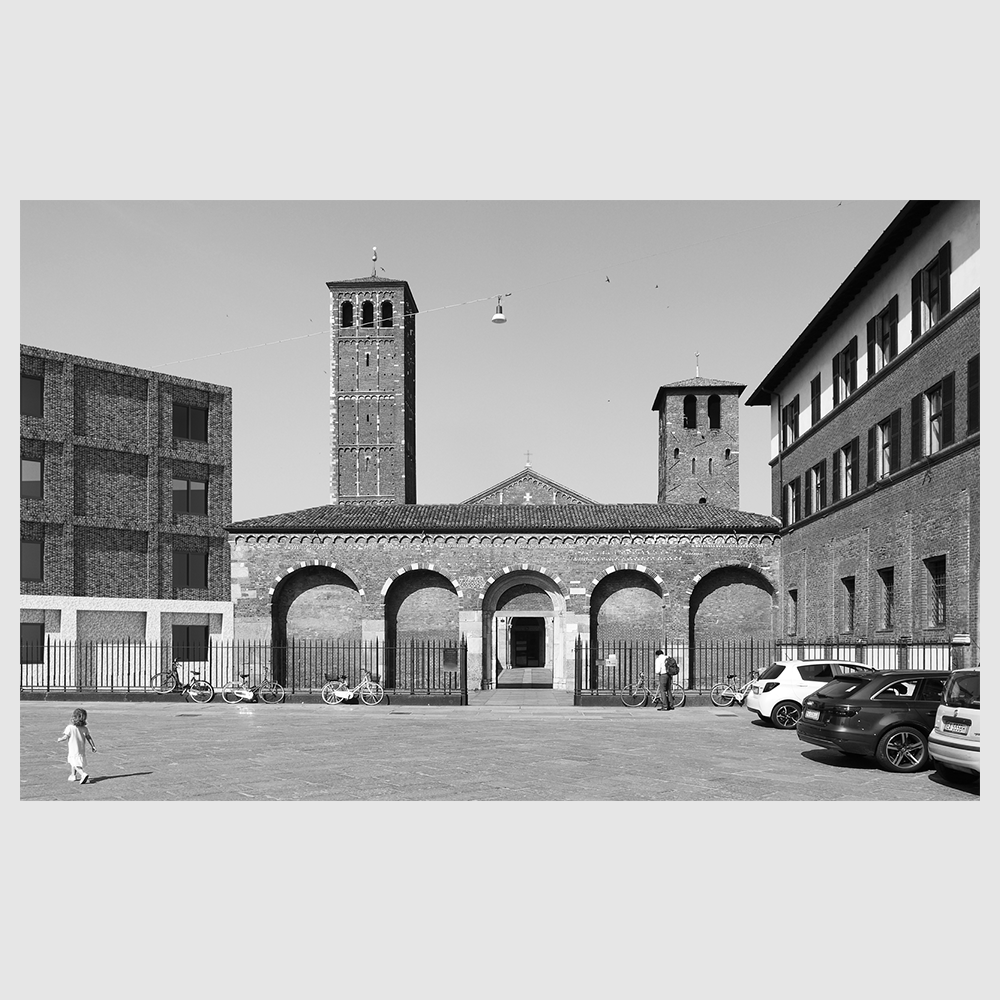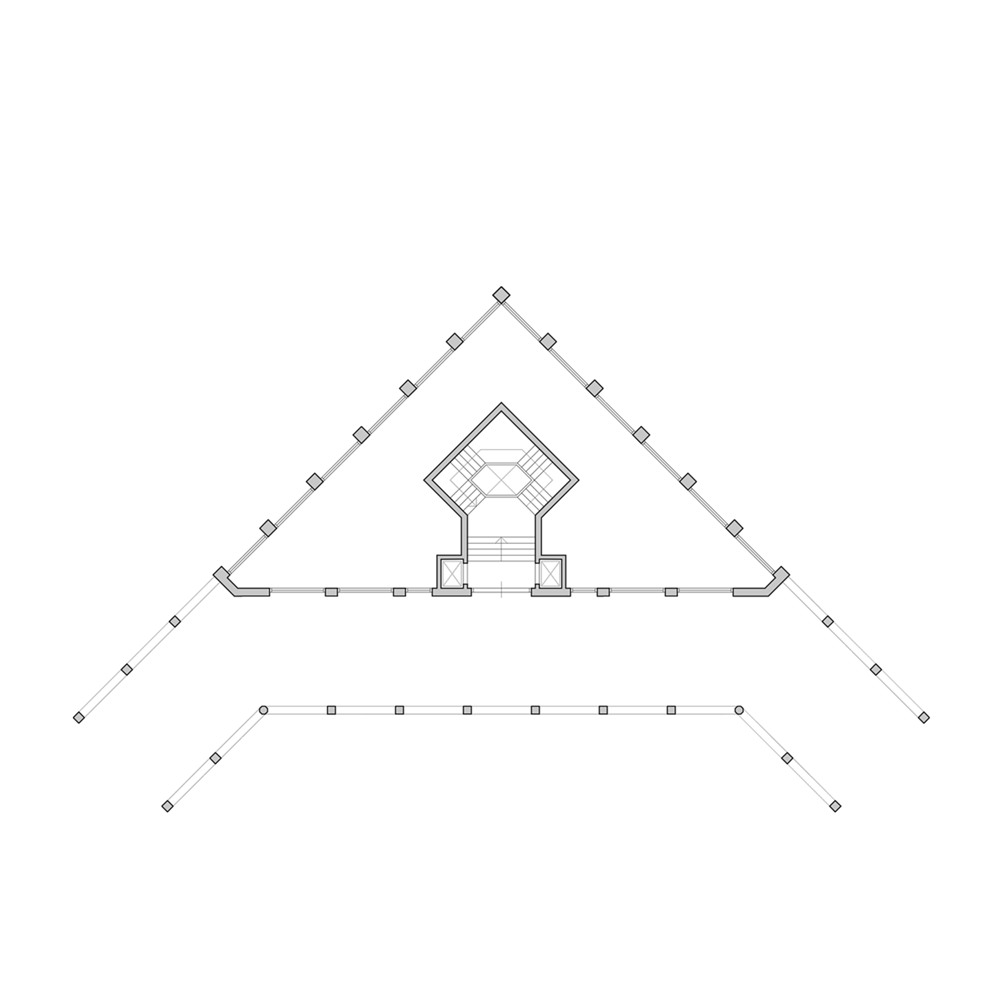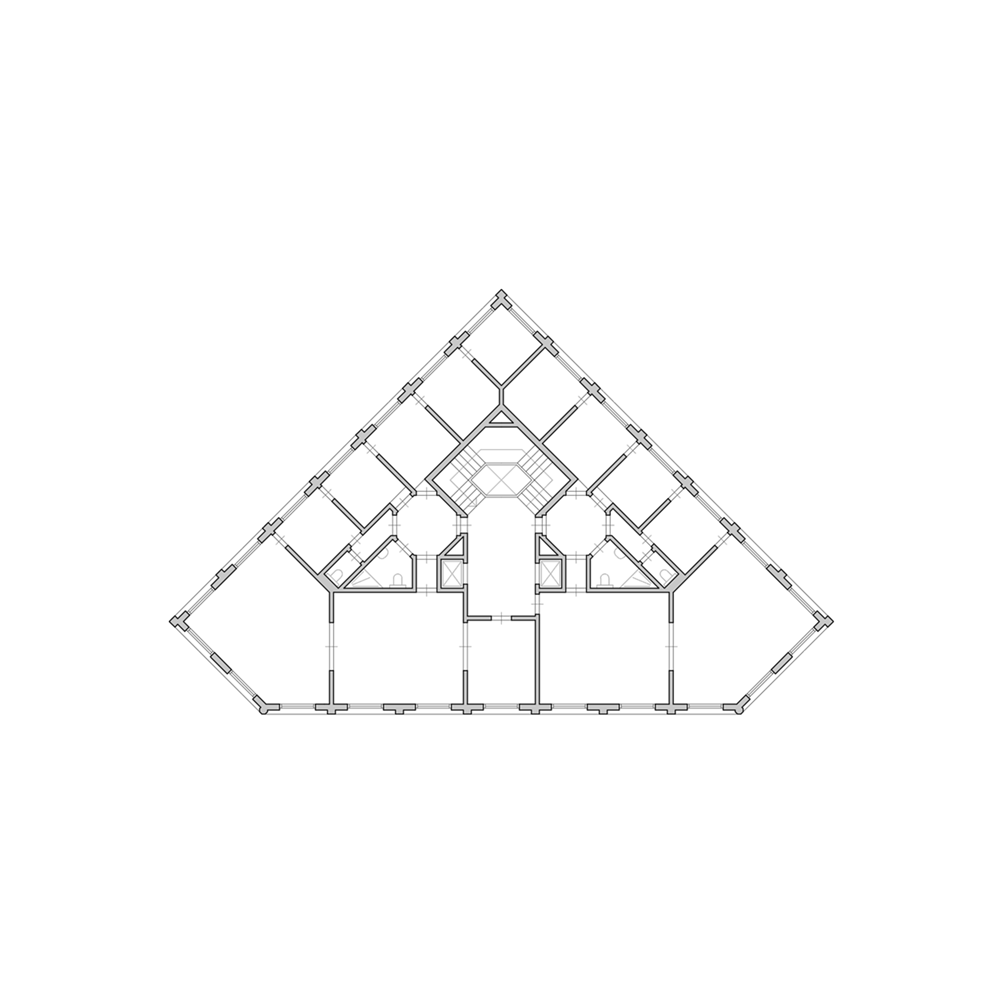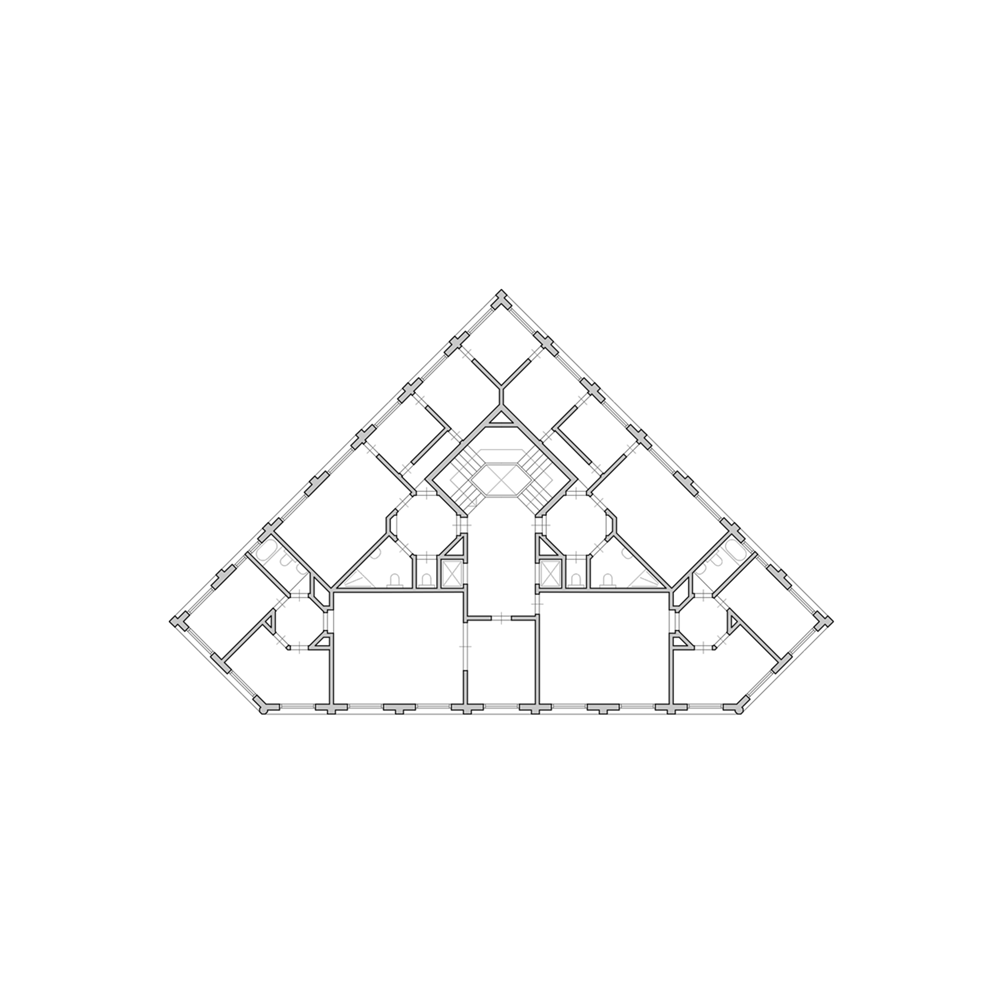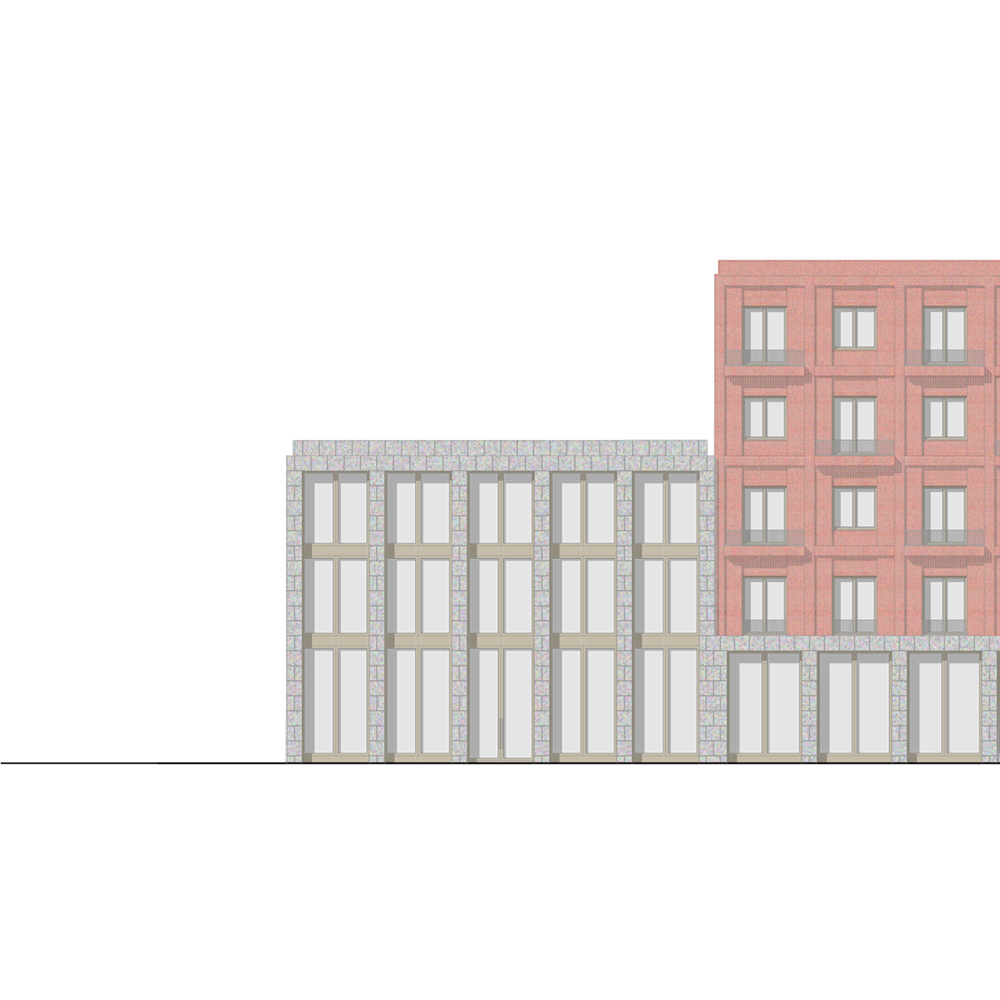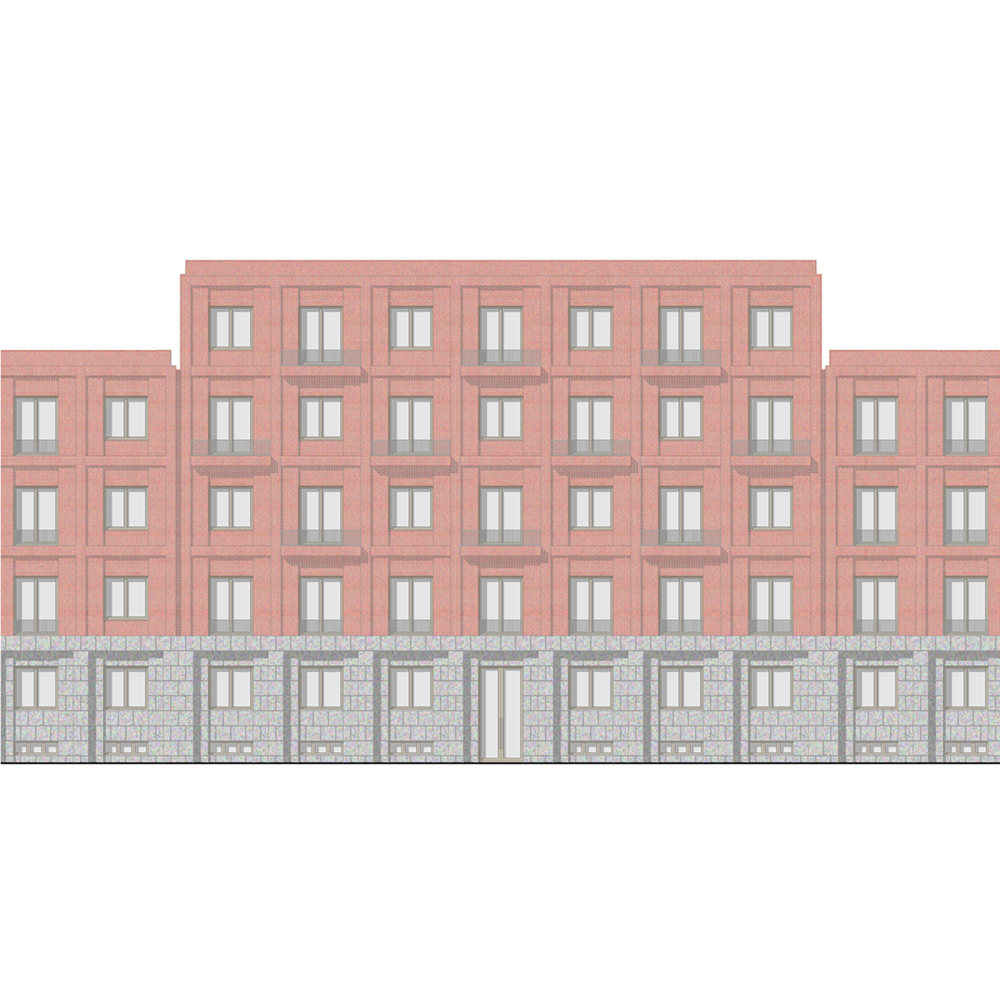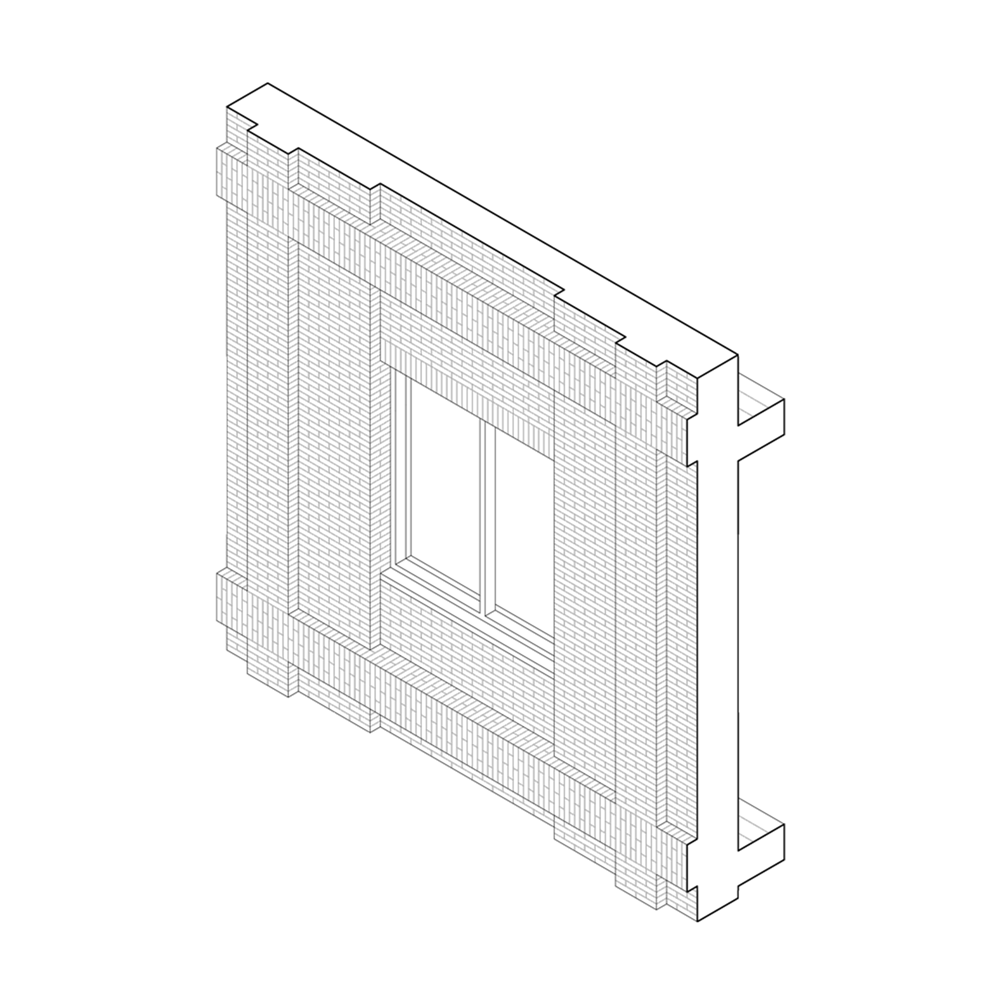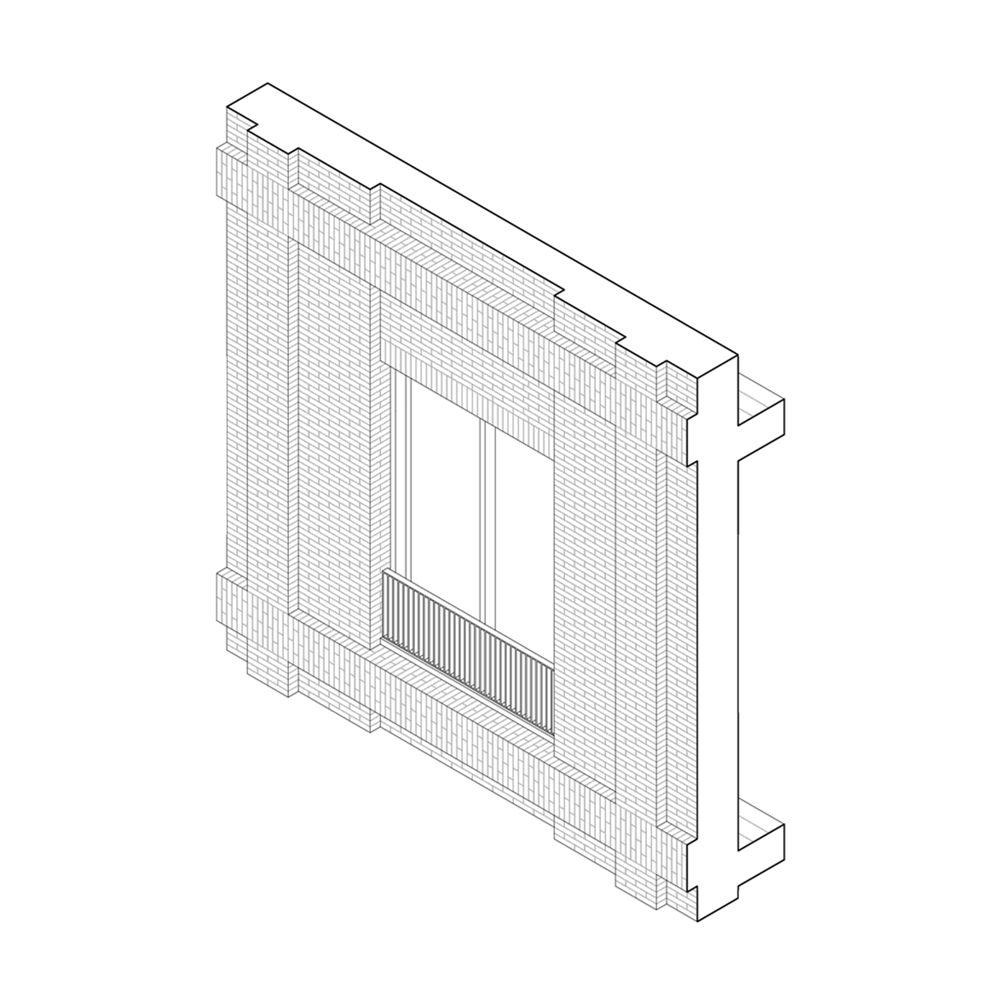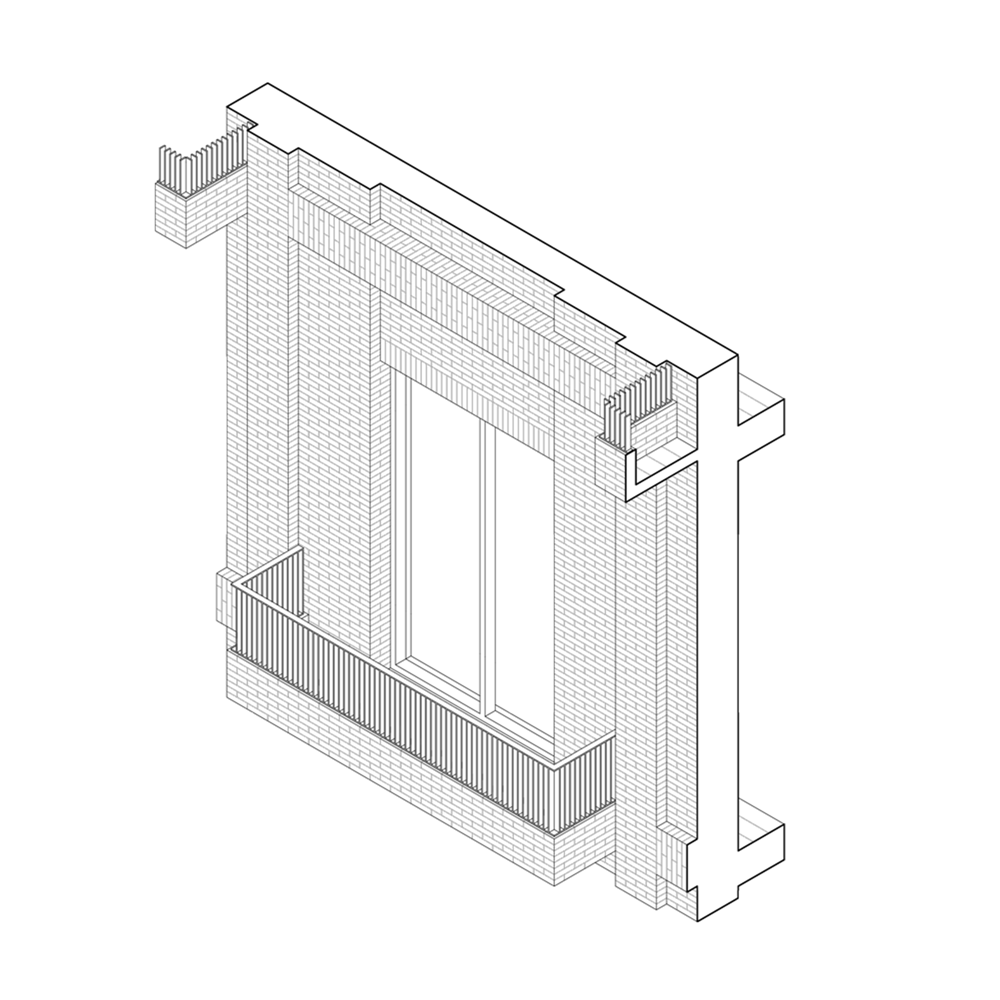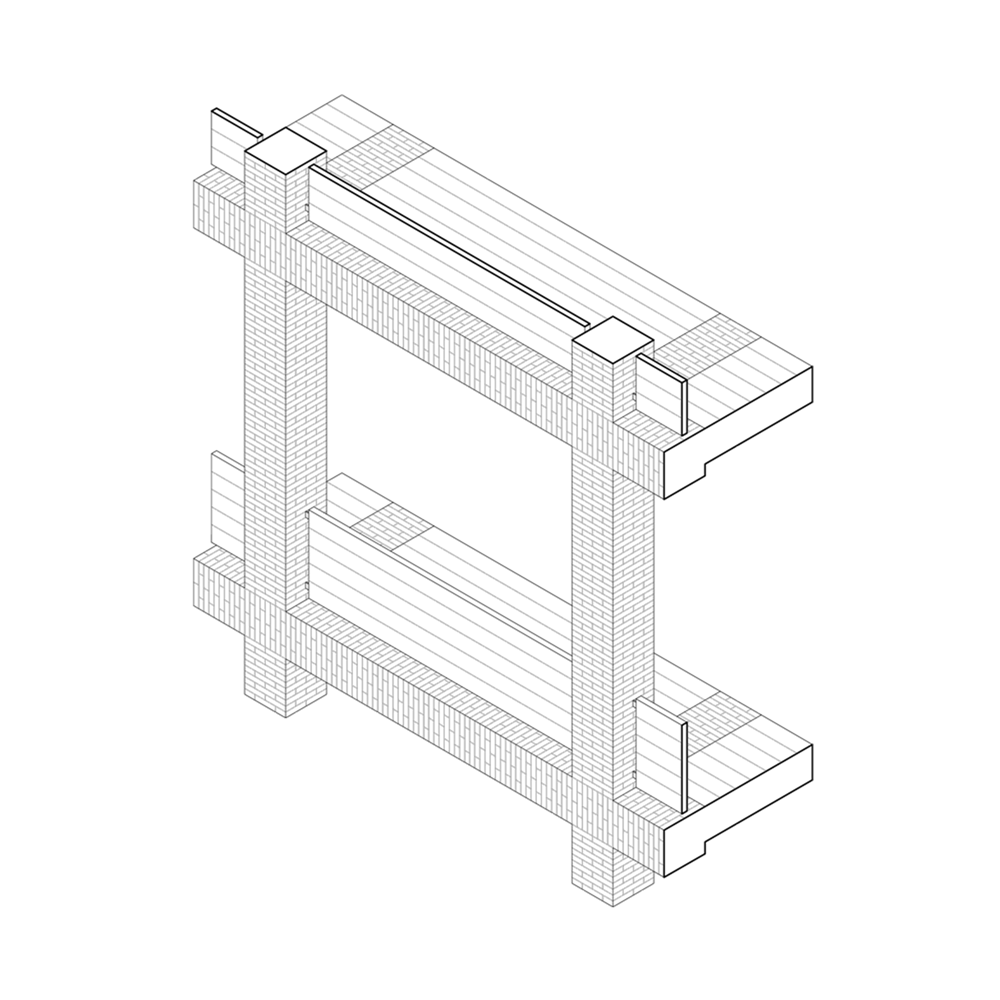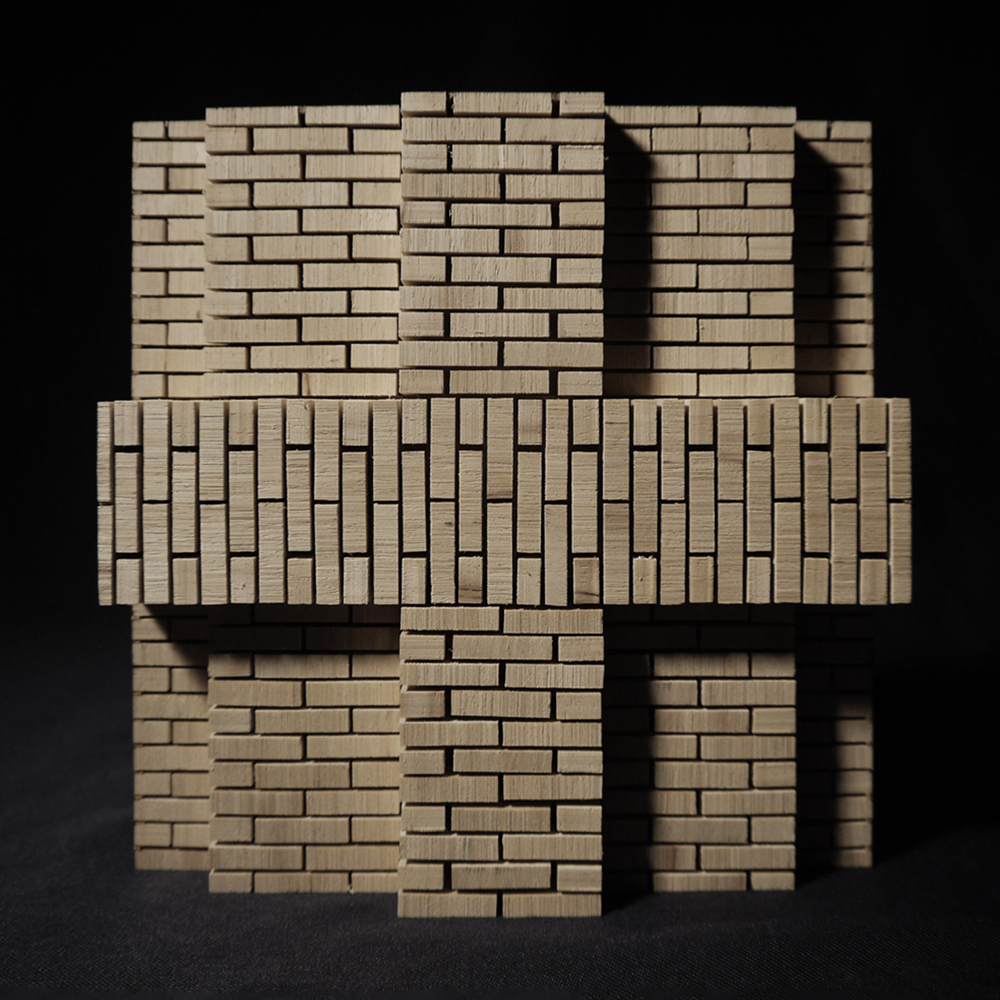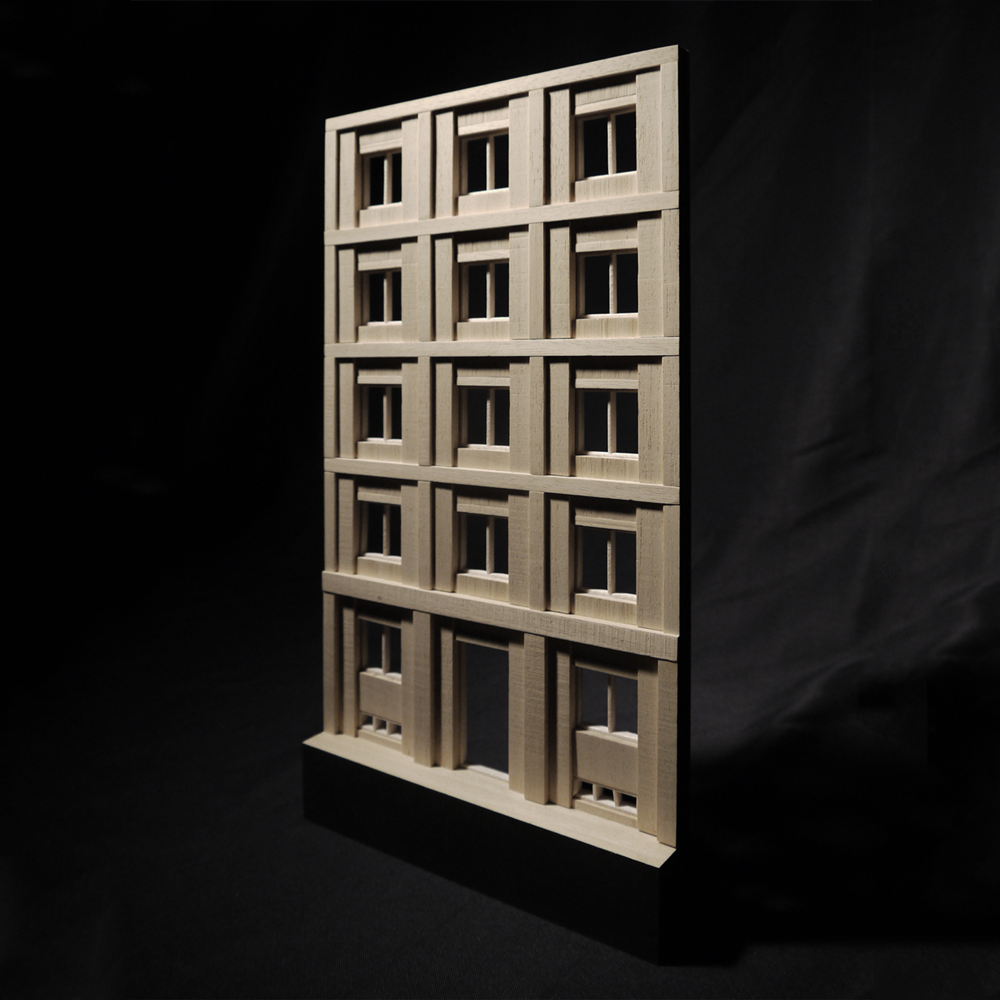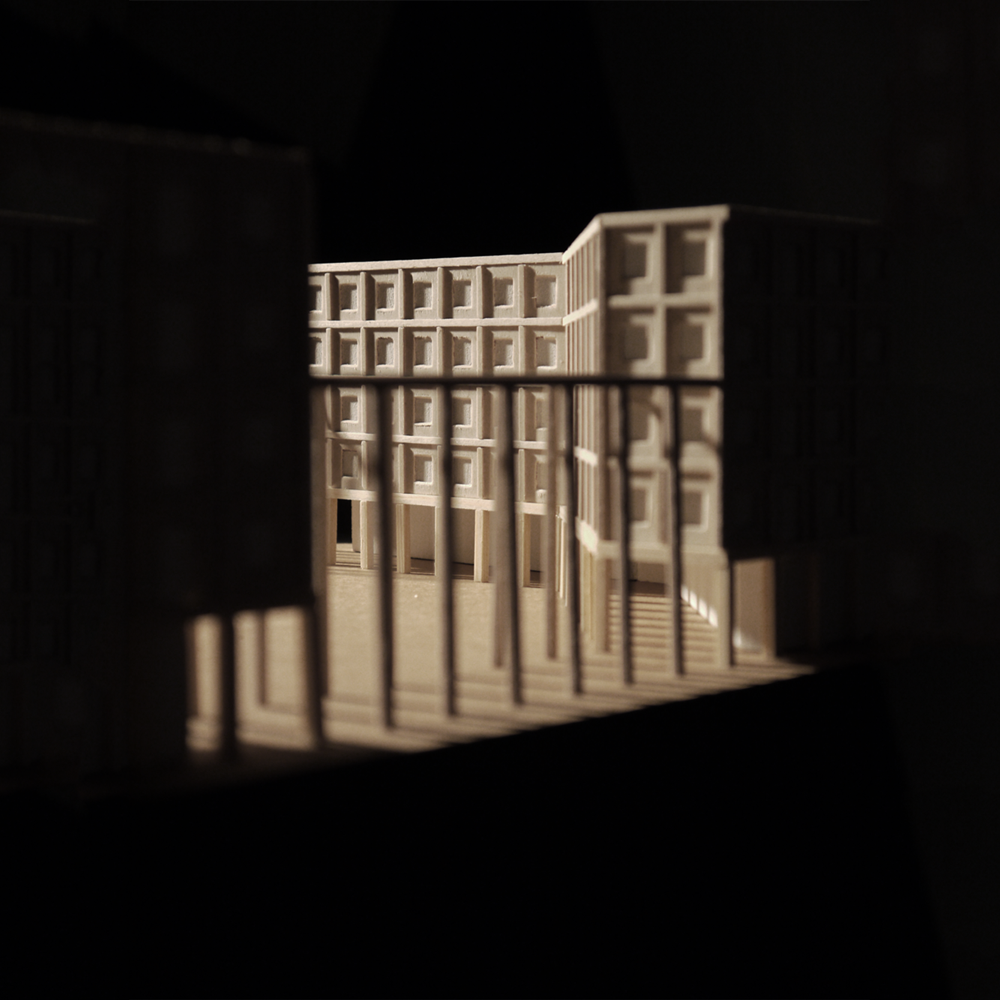firenze, a room with a view
napoli, viaggio in italia II
napoli, viaggio in italia I
marseille, patchwork city
madrid, topography of power
milano centrale
atlas
morphological series
fragment analysis
individual buildings
graduation projects
max van der westerlaken
daan jenniskens
antwerpen, de getekende stad
la città di roma
gran torino
münchen rekonstruiert
potsdam unraveled
berlin als modell
de rede van amsterdam
amsterdam langsdoorsnede
amsterdam dwarsdoorsnede
Permanence and ambiguity in Milan
This thesis examines and subsequently links two concepts of twentieth-century architectural theory, Aldo Rossi’s ‘propelling permanences’ (1966) and Colin Rowe & Alfred Koetter’s ‘ambiguous and composite buildings’ (1978), within the context of the city of Milan. It concludes that the ‘ambiguous and composite building’ is not a type, but rather the result of a certain way of designing, a specific urban and architectural design method. This thesis undertakes to define that design method, which will be named ‘ambiguous composition’. To test whether and how this design method works, a design is made for the Piazza Sant’Ambrogio in Milan, a location that is identified as being spatially unresolved.
